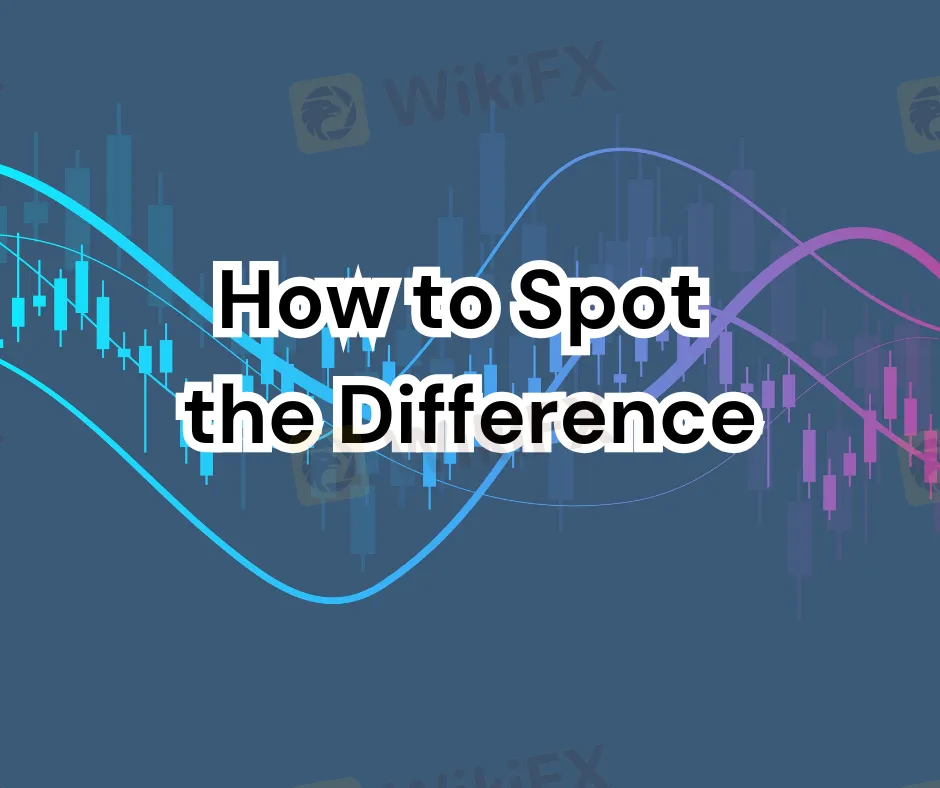How to Know if the Market is Correcting or Reversing?
Abstract:In trading, distinguishing between a market correction and a market reversal is crucial for making sound decisions. Misjudging one for the other can lead to missed opportunities or significant losses. While both involve price movements, their causes, duration, and implications differ substantially. Understanding these differences can help traders improve their strategies and adapt to market conditions effectively.

In trading, distinguishing between a market correction and a market reversal is crucial for making sound decisions. Misjudging one for the other can lead to missed opportunities or significant losses. While both involve price movements, their causes, duration, and implications differ substantially. Understanding these differences can help traders improve their strategies and adapt to market conditions effectively.

A market correction is a temporary dip in asset prices, often seen after a prolonged upward trend. Corrections typically involve declines of less than 10% and are considered a natural part of market cycles. They allow the market to recalibrate, relieving overbought conditions before resuming its primary trend.
For example, Bitcoin recently surged past the $100,000 mark, driven by investor enthusiasm and strong market sentiment. However, the price subsequently dropped to the $95,000 range. This decline did not indicate a fundamental shift in market dynamics. Instead, it reflected a short-term correction as traders took profits and the market adjusted to the new price levels.
Corrections like this are common and often provide traders with an opportunity to buy assets at more attractive prices, anticipating a continuation of the overall trend.

In contrast, a market reversal signals a significant and sustained change in the markets direction. It occurs when an uptrend transitions into a downtrend or vice versa. Unlike corrections, reversals are not temporary pullbacks but indicate a shift in the underlying market sentiment or conditions.
Reversals are typically triggered by major economic events, changes in monetary policy, or unexpected geopolitical developments. For instance, if Bitcoins drop from $100,000 to $95,000 were accompanied by a breakdown of key support levels, high selling volume, and negative market news, it could signal the start of a reversal rather than a mere correction.

Spotting the difference between a market correction and a reversal requires a combination of technical and fundamental analysis. Corrections often manifest as price movements that stay within established support and resistance levels. These movements are generally accompanied by relatively low trading volumes, indicating a lack of significant shifts in market sentiment. Additionally, corrections tend to occur without any major changes in broader economic conditions or fundamental factors.
On the other hand, market reversals often break through critical support or resistance levels, signalling a more substantial shift in market dynamics. They are typically marked by high trading volumes and increased volatility as traders adjust to the changing trend. Reversals may also coincide with fundamental developments, such as weak economic data, unfavourable corporate earnings, or changes in government policies. These indicators provide strong evidence that the markets trajectory is changing.

For traders, understanding the context of market movements is essential. A correction, as in the Bitcoin example, may be a chance to reassess positions and potentially enter the market at a better price. However, a reversal demands a complete review of ones strategy to adapt to a new trend.
Rushing to act without fully understanding the situation can lead to costly mistakes. Traders must remain cautious, analyse market conditions thoroughly, and avoid overconfidence when interpreting price movements.
Both corrections and reversals are part of trading. The ability to distinguish between them and respond appropriately comes with experience and continuous learning. Staying humble and open to new insights is essential, as markets are unpredictable, even for seasoned traders. By recognising the nuances of market behaviour and maintaining a disciplined approach, traders can navigate corrections and reversals more effectively, protecting their portfolios and enhancing long-term performance.

Read more

WikiFX Review: Is IVY Markets Reliable?
IVY Markets, established in 2018, positions itself as a global brokerage offering a diverse range of trading instruments, including Forex, Commodities, Cryptocurrencies, and Stocks. The platform provides two primary account types—Standard and PRO—with a minimum deposit requirement of $50 and leverage up to 1:400.

Germany's Election: Immigration, Economy & Political Tensions Take Centre Stage
Germany is set to hold a crucial general election on 23 February 2025, with voter frustration over migration emerging as a dominant issue.

ED Exposed US Warned Crypto Scam ”Bit Connect”
The Indian Enforcement Directorate (ED) recently exposed a crypto Scam from a firm called Bitconnect. During the investigation, which took place on February 11th and 15th, 2025. The authority recovered bitcoin worth approximately Rs 1,646 crore & Rs 13.50 Lakh in cash, a Lexus car, and digital devices. This investigation was conducted under the provisions of the Prevention of Money Laundering Act (PMLA) of 2002.

B2BROKER Launches PrimeXM XCore Support for Brokers
B2BROKER launches PrimeXM XCore support and maintenance services, enhancing trading efficiency for brokers with expert management and optimization.
WikiFX Broker
Latest News
Pi Network Mainnet Launch: Game-Changer or Crypto Controversy?
GlobTFX Users Report Same Issue! But Why?
Rate Cut or Not? It Depends on Trump’s Policies
Why Do You Keep Blowing Accounts or Making Losses?
eToro Adds ADX Stocks to Platform for Global Investors
B2BROKER Launches PrimeXM XCore Support for Brokers
Germany's Election: Immigration, Economy & Political Tensions Take Centre Stage
WikiFX Review: Is IVY Markets Reliable?
WikiFX Community Creator Growth Camp
Effect of Tariffs on Gold and Oil Prices
Rate Calc

